I previously wrote about preparing for your first triathlon. I gave a rundown of things to expect, and not to expect, when actually preparing for it. Now, it’s finally the morning of your first triathlon. You’ve got the butterflies in your stomach and just want to start. This guide will guide you through your pre-race preparation, and how to handle the actual race itself. Once again, this is designed to help you combat the things that a novice would never expect in their first race. Having this knowledge will allow you to calm your nerves and race to the best possible time.
Pre-Race Setup
Breakfast, Get It Down
The night before, plan what you’re going to eat for breakfast and set it on your kitchen counter You must eat something. It doesn’t matter how hungry you are, get it in your stomach.
Your Transition Area
The transition area is where you store all of your gear, and where you will make the transition between the three disciplines. There will likely be hundreds of bike racks lining the staging area, and your specific age group or category will have a set number of these dedicated to the racers in that category. If at all possible, grab a spot near the main aisle to allow for quicker access to and from your equipment. Make sure you lay your equipment out in a logical fashion. For example, I bring a beach towel and lay the following items out in this order:
- Goggles
- Helmet
- Sunglasses
- Bike shoes
- Running shoes
- Anything else I need on the run (depending on race distance)
Why this order? Well, when I come back from the swim, the first thing I do is slip on my helmet (you can’t leave the transition area without it), then my sunglasses. The bikes shoes are logically next. When I return from the bike, I’m able to throw off my bike clothes and slip into the running shoes.
Tracking Gear
Make sure you get your race number painted on your arm and calves, and that you get the tracking chip (usually an ankle bracelet) to score your time correctly.
Bodily Functions
More than likely, you’ll have woken up somewhere between 4-5am for your race. This means that your bowel movement schedule will be off, unless you’re always up at that time. It’s a running joke in the endurance athlete community that you always have to shit right before the race is going to begin. Sadly, it’s not a joke at all. Take this into account, because the last thing you want to be doing on your run segment is to be trying to find a porta-potty. Nothing is worse than having to shit while you run, trust me.
The Swim
Warm Up!!!!
This is critically important. Many people transitioning from the world of marathon running or long-distance cycling make the mistake that a warm up isn’t necessary. I see where they’re coming from. When I go running, my warm up usually consists of a light stretch, and then I take it easy for the first couple of minutes. You do not have the luxury of this with triathlon. You will be starting off full speed in (likely) cold water. Swimming, even when done “lightly” is going to cause you to breathe harder than a light run, due to the fact that you have to breathe quickly in between swimming strokes.
Most triathlon events have a dedicated warm up area. My goal was to always swim at least a third to half of the swim distance for a warmup (EX: for a 1600m swim leg, I’d warm up with 600-800m).
Ocean Swim – Get Ready To Duck
Races that start on the beach mean that you will be charging into the water with your fellow racers. If you are swimming in the ocean, this means you get the challenge of swimming against the waves at the very start. See why warming up is important? I suggest running out into the water as far as you can before starting to swim. Once you reach the point you are not progressing quickly with your legs, dive under the waves. Do not try to go over them. It will be very difficult to find a rhythm, as everyone will be fighting for positioning. You will likely get kicked in the face, scratched, or somehow abused by a fellow racer.
The most important thing is to stay calm and realize this is simply part of it. If you swallow water, take a deep breathe and then get back into it.
Where Ya Going, Dude?
I’ll never forget one of my best friend’s first triathlon. About a quarter into the swim leg, he took a wrong turn and swam well outside of the buoys that are laid out for the swim. He probably added an extra 200m onto what was only a 400m swim. Needless to say, he didn’t get on the podium that day.
It’s very important to have a “spot” as to where you’re going. Every few strokes, you should be scanning the horizon for your spot, making sure you’re on course. Do not trust your fellow athletes to guide you in the right direction. You are responsible for yourself.
The Bike
Catch Your Breathe
As you exit the swim, more than likely you’ll be out of breathe. Take your time getting to the transition area, it’s not worth the five seconds you’ll save by sprinting out of the water to your bike. When getting out of your wetsuit, do it in a calm, sensible manner. Do not be flailing around trying to get it off (I know, I know, they’re a pain in the ass), as it just wastes energy.
Clipping In
Experienced triathletes often clip their bike shoes to their bike, and do a running mount on to the bike. If this is your first triathlon you should not be doing this. Put your bike shoes on in the transition area, and jog lightly to the race course. If you really want to try the running mount, be prepared to look like this:
This was a championship race, too. Fucking women can’t drive or ride bikes, apparently.
Pace Is Key
There no need to race up hills or sprint for the finish line of the bike leg. Try to ride at a night, steady pace. While most races don’t allow drafting, if you can find someone to pace you while you sit ten bike lengths back, that is an ideal situation.
Make sure you are staying hydrated and eating (depending on the race distance) throughout the bike.
The Run
Shoe/Sock Prep
If you’ve never run without socks, your first race is not the time to try it. I strongly recommend a pair of triathlon shoes with no laces (I use Zoot TTs). If you do have laces, try to pre-tie the laces beforehand so you can slip right into them and be on your way.
Your Legs: Bike To Run
You should have done a couple of workouts in which you went straight from biking to running in preparation for the race, but if you were lazy and didn’t, know that your legs are going to feel a little wobbly at the start. I remember I pulled a calf muscle pretty bad the first time I tried to make the transition. In hindsight, I tried to go out of the gate too fast. Give your legs time to adjust to the new activity to avoid injury.
Utilize Aid Stations
Just because you feel good does not mean you can stop hydrating and feeding your body nutrition, especially if it’s a longer race. Grab two cups of water at every aid station. Drink as much of one as you can (being able to drink from a plastic cup and run is quite the skill to master), and pour the other on your head to keep cool.
Enjoy It
Enjoy the last couple of miles and the final sprint to the finish line. No matter how long the race was, or what your personal time was, completing a triathlon is always an amazing accomplishment. Regardless of distance, it requires solid training in three different disciplines, and the willpower to bring it all together on race day.
Are you ready for the 2014 season? See you at the starting line.
Read More: How To Prepare For Your First Triathlon
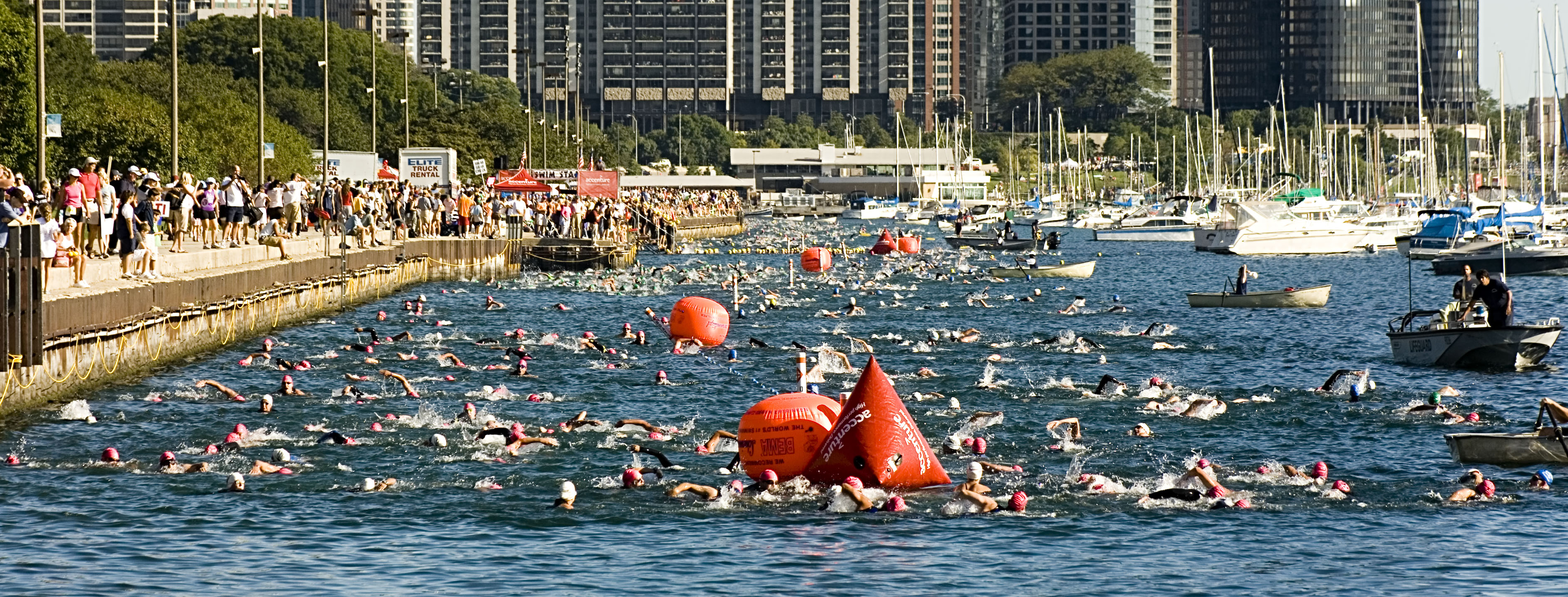
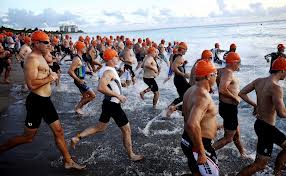
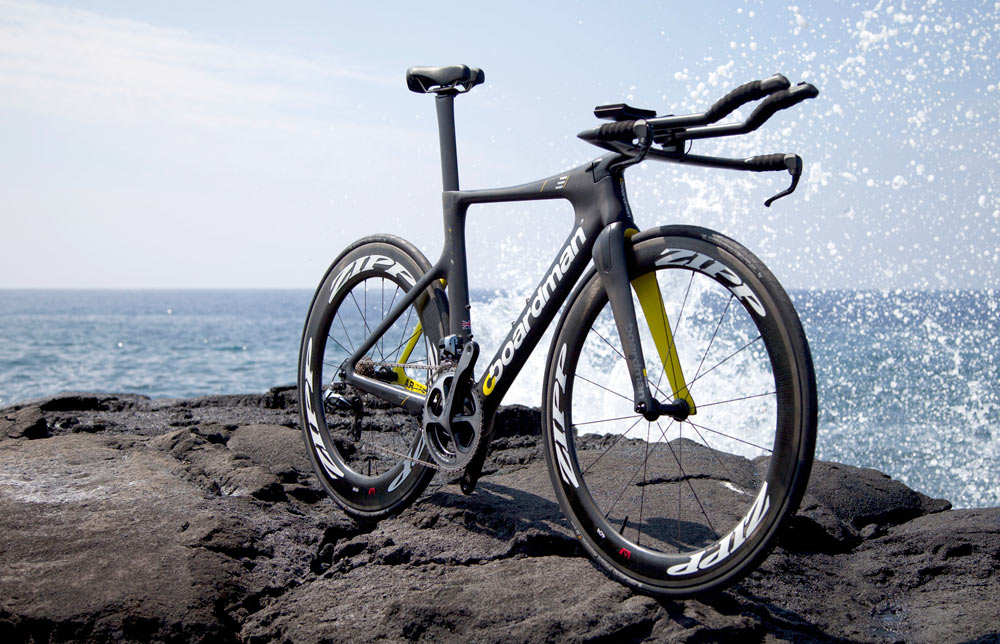
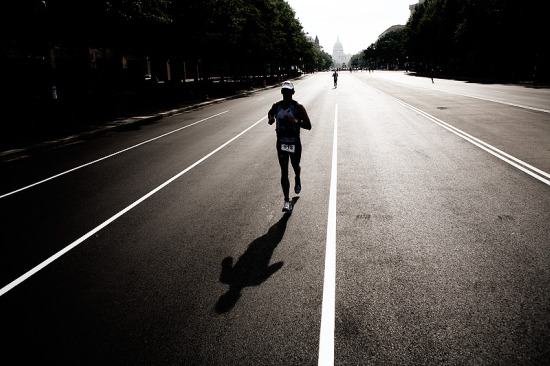
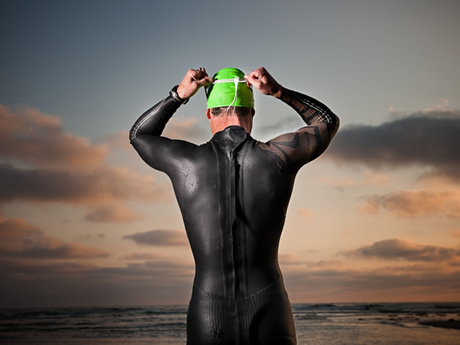
I enjoy articles like this because they aren’t full of the usual bullshit. This is just about life improvement and it may motivate a man somewhere to tackle a triathlon. Ultimately, that is what this site is about – male self improvement and real empowerment.
Keep up the good work.
Thank you. It’s too bad articles like these don’t seem to get discussions going as easily, though.
What? An article about fitness that didn’t involve some bull shit story about running for a charity, for someone’s remembrance, or to reduce weight? Just someone that likes to compete and does it for themselves? That has actually done what they are writing about? Weird.
Good article!
Thanks! My racing and competing has slowed once I graduated because I no longer race for the collegiate team, but I’m hoping to get out there this year.
I congratulate you. I can no longer run, but I’m glad I can still walk, and miss being able to compete.
Best of luck, train well, and compete.
Good article but since ROK is about men, I would respectfully suggest presenting a video of a mens race not a womens competition. Women get more than enough coverage in the mainstream media. Nonetheless, some excellent infos here.
Out of curiosity is anyone else here a mountain biker?
Yes. We be hardcore up in central BC
British Columbia?
Is there any other BC?
I don’t know, back east here we have a mixture of urban and wooded single track.
and right after you are done….start training for some sort of weightlifting competition. you will pull more tail with the body created by weight training.
And don’t forget that the night before the ‘race” that you still have the option of not joining this display of beta male faggotry. You’ll thank yourself later when you over hear a group of triathlon dorks in a circle jerk speaking endlessly about what type of shoes, bikes, blah, blah, blah, etc. Exercise is a great thing, but these self-titled ‘Iron Men” are nothing but boring posers attempting to compensate for their lack of prowess in traditional male sports. And riding bikes is just plain gay, and it’s bad for your balls!